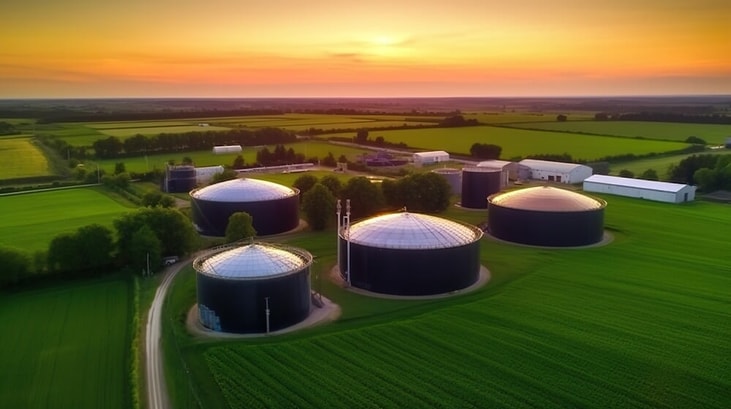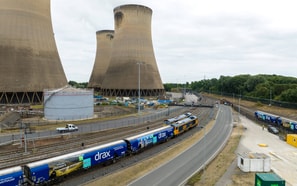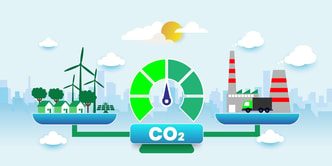IEA makes strong case for biogases in first assessment
There is a strong use case for biogases, as set out in the International Energy Agency’s (IEA) first-of-its-kind assessment on the outlook for biogases and biomethane.
Biogas can be used directly as heat by households and industry and to produce electricity, while biomethane – an upgraded form of biogas – has many advantages as a drop-in substitute for natural gas, reflected in the many market moves reported on gasworld’s site in recent months.
Spurred by more than 50 new policies globally, today’s sustainable production potential for biogas is nearly 1,000 bcme. That’s equivalent to a quarter of global natural gas demand.
The majority of the potential for sustainable biogases (80%) is in emerging market and developing economies, led by Brazil, China and India.
... to continue reading you must be subscribed
























